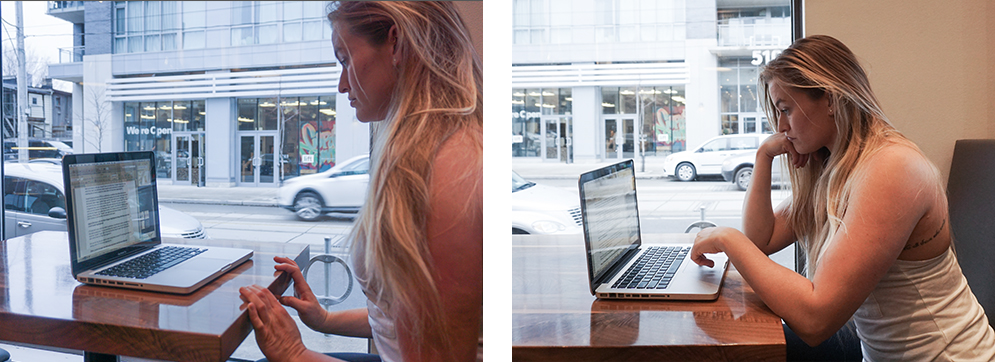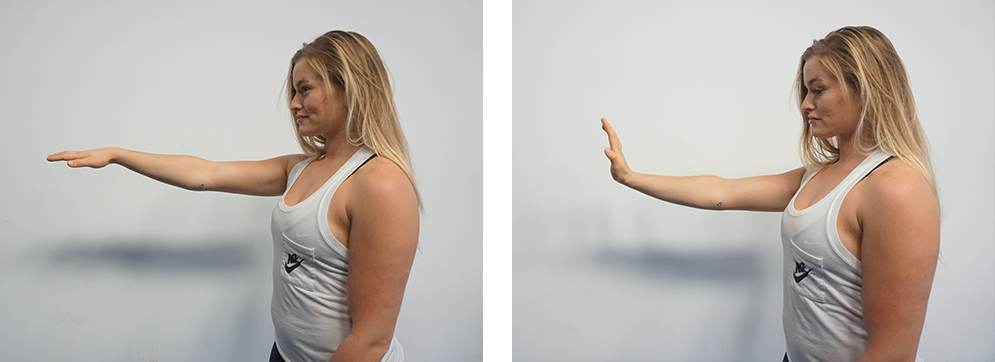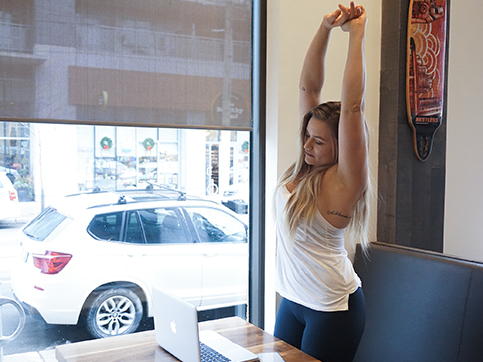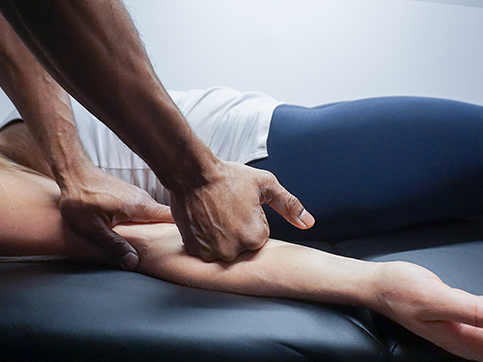How To Avoid Carpal Tunnel
The term Carpal Tunnel Syndrome is a huge faux pas in the office world. We have glorified it like this “deceased-like” occurrence that signifies your life is over.
But contrary to popular belief, it doesn’t have to be like that. Here are four fantastic tips on how to avoid or deal with the carpal tunnel.
Carpal tunnel syndrome (CTS) is defined as a condition that affects the median nerve that causes hand pain and numbness/tingling, specifically the thumb, index finger, middle finger and the outer half of your ring finger.
The actual “carpal tunnel” is a band of ligaments that runs along the inside of the palm and is not the wrist itself, where many are led to believe it is. Running in this “tunnel” is the median nerve which controls the affected fingers. For reasons such as repetitive work (typing, drilling, texting) this “tunnel” gets tight and restricted, which cut’s of the median’s nerve ability to send sound information to the hand.

CTS shouldn’t even be called a syndrome. A syndrome is a detrimental term. However, CTS occurs when you do things that cause the “tunnel” to get tight. If we look at it this way, it’s easy to be motivated to take control back and fight back against it.
Here are the essential tips you need to do to avoid CTS

Avoid prolonged extreme wrist motion in either direction
- Avoid activities that bring your wrist into end range flexion or extension. Those positions are aggravating to the carpal tunnel and should be prevented whenever possible.
- Just like your muscles your nerves need maintenance too. Stretching and moving your median nerve is an excellent way to free up the nerve, so it has the freedom to move and flow without restrictions.

Self-mobilizations you could do are “free the bird” and “backup”
Free the Bird Instructions
- Just like your muscles your nerves need maintenance too. Stretching and moving your median nerve is an excellent way to free up the nerve, so it has the freedom to move and flow without restrictions.
- Start by looking down at your hand as you hold it face up in front of your chest (holding the bird)
- Extend your arm, wrist and fingers as you turn to look at your hand (free the bird)
- Proceed to look away if tolerated

Back Up Instructions
- Start by bringing both arms up in front of you
- Extend your wrists and fingers
- Slowly reach away from your body

Take breaks when doing repetitive tasks
- Repetitive tasks have become a staple in our lives so taking micro-breaks to give your wrists a break from typing, or gripping is always a great idea.

Seek out professional advice
- Manual therapy is a good way to reduce the effects of CTS. Often nerves can get tethered or caught in fascia or between muscles. “Releasing” the nerve from any restrictions is an excellent way to unlock nerves and ensure that they are moving and gliding as optimally as possible.




